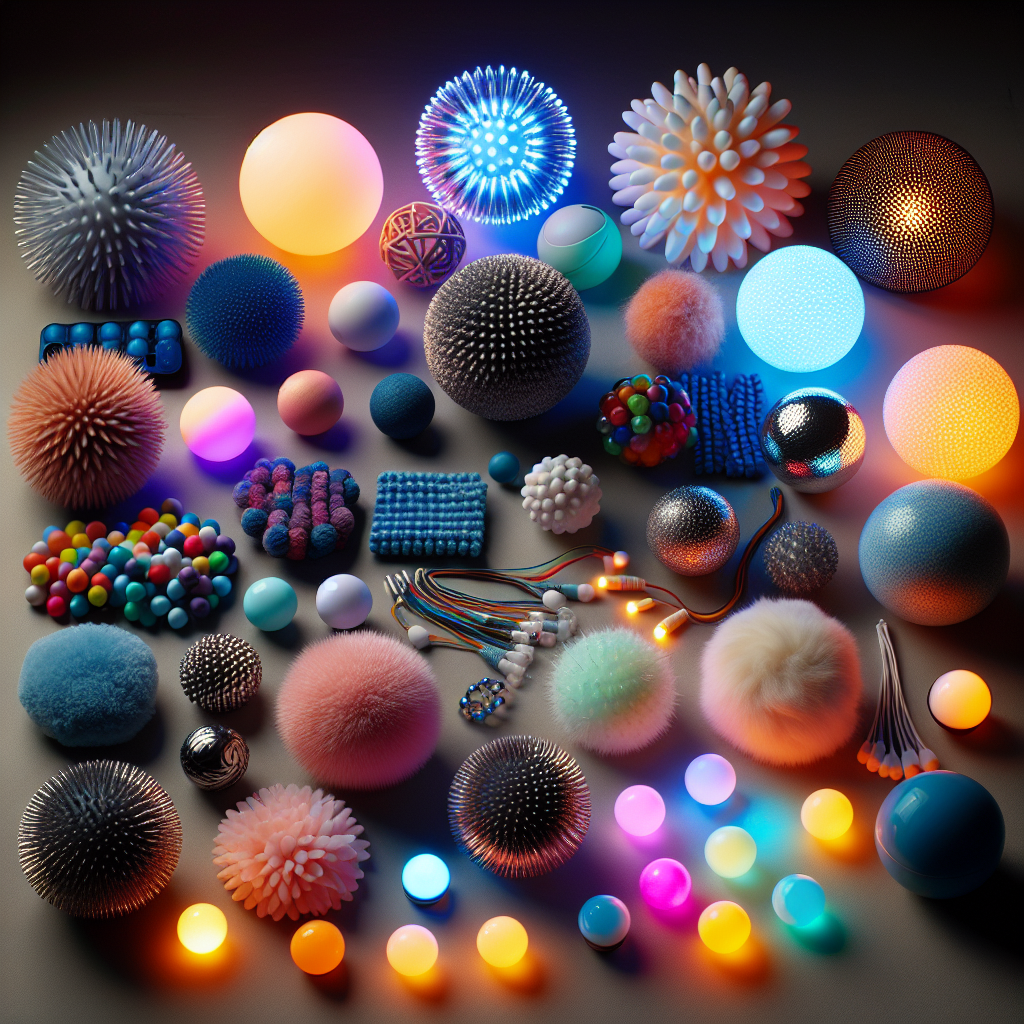The concept of multisensory environments in healthcare settings has emerged as a pivotal component of patient care, offering a therapeutic space where sensory stimulation can be controlled and utilized to support healing, reduce stress, and improve overall wellbeing. The integration of these environments into patient care is based on the understanding that our senses—sight, sound, touch, smell, and taste—play a crucial role in how we interpret and interact with the world around us.
Understanding Multisensory Environments
Multisensory environments (MSEs) are spaces designed to stimulate the senses, providing a blend of sensory experiences that can be tailored to the needs of each individual. These environments often use elements such as adjustable lighting, soundscapes, tactile surfaces, and olfactory stimuli to create a setting that can either calm or stimulate the senses. This approach is particularly beneficial in healthcare, where patients may experience high levels of stress and anxiety.
The application of MSEs in healthcare settings can range from sensory rooms in hospitals to sensory-friendly modifications in patient wards. The goal is to create a space that supports sensory regulation, which can be particularly helpful for individuals with sensory processing disorders, autism spectrum disorders, or dementia.
The Impact of Sensory Health on Overall Wellbeing
Sensory health, which refers to the effective processing and integration of sensory stimuli by our nervous system, is an essential aspect of our overall health and wellbeing. Challenges in sensory processing can lead to discomfort, anxiety, and behavioral challenges, which can be particularly pronounced in healthcare settings. For more on this, Sensory Health offers a detailed exploration of the topic.
Enhancing Patient Experience with Multisensory Environments
Incorporating multisensory elements into patient care can significantly enhance the patient experience. For example, a study published in the "Journal of Clinical Nursing" found that multisensory stimulation in the form of a Snoezelen room significantly reduced distress and improved the mood of patients with dementia.
Stress Reduction
Stress and anxiety can negatively impact healing and recovery. By providing a controlled multisensory environment, patients can be guided into a state of relaxation, which has been shown to lower cortisol levels and facilitate better health outcomes. Techniques such as guided imagery, combined with soothing auditory and olfactory stimuli, can create a sense of tranquility even in a clinical setting.
Pain Management
Research published in "Pain Management Nursing" indicates that multisensory stimulation can serve as an effective non-pharmacological intervention in pain management. By engaging multiple senses, these environments can distract patients from pain, reduce the perception of pain, and minimize the use of pain medications.
Cognitive and Sensory Stimulation
For patients with neurological conditions, MSEs can provide cognitive and sensory stimulation that supports brain health. Activities that engage the senses can help maintain or improve cognitive function, as well as provide a form of therapy for those with sensory processing challenges. "The American Journal of Occupational Therapy" has highlighted the role of sensory integration therapy in improving daily function in individuals with sensory processing issues.
Designing Multisensory Environments
The design of a multisensory environment requires careful consideration of the individual needs of patients. For instance, the choice of colors, textures, and sounds should be informed by the preferences and sensitivities of those who will be using the space.
Visual Stimulation
Color therapy, or chromotherapy, uses the psychological and physiological responses to color to promote healing. Soft blues and greens are often used for their calming effects, while warmer colors may be used to energize and stimulate.
Auditory Stimulation
Soundscapes, including nature sounds, gentle music, or white noise, can mask unpleasant hospital noises and contribute to a sense of serenity. The use of binaural beats or certain frequencies can also promote relaxation and focus.
Tactile Stimulation
Tactile elements such as weighted blankets, textured materials, and water features can provide comfort and grounding for patients. For individuals with autism or sensory processing disorders, tactile stimulation can be particularly important for sensory regulation.
Olfactory Stimulation
Aromatherapy uses essential oils to evoke positive sensory responses and can be integrated into MSEs. Scents like lavender and chamomile are known for their relaxing properties, while peppermint and citrus can help invigorate and uplift.
Taste Stimulation
Although less commonly incorporated into MSEs, providing patients with opportunities to engage their sense of taste through healthy and comforting flavors can also be part of a holistic sensory approach.
Multisensory Environments and Specific Populations
Children with Special Needs
Children with special needs, especially those with sensory integration issues, can benefit greatly from MSEs. Resources such as Creating Sensory Friendly Classroom Settings for Diverse Learners offer insights into how these environments support development and learning.
Adults with Dementia
For adults with dementia, MSEs can help in managing agitation and improving the quality of life. The use of familiar and soothing sensory inputs can evoke positive memories and emotions, providing comfort.
Patients with Chronic Pain
Chronic pain can be debilitating, and MSEs can play a role in pain management strategies. By engaging the senses, patients can experience relief and distraction from persistent pain.
Implementing Multisensory Environments in Healthcare Settings
To successfully integrate multisensory environments into patient care, healthcare providers must consider the individual needs and preferences of their patients. Training for staff on how to use and adapt these environments is essential, as is ongoing evaluation of their effectiveness.
Conclusion
Multisensory environments represent a vital advancement in patient care, providing a therapeutic space that supports healing, comfort, and wellbeing. As healthcare continues to evolve, the incorporation of sensory-based approaches will likely become a standard, reinforcing the connection between sensory health and overall wellness.
For further reading on how sensory environments can enhance therapeutic practices, consider exploring Innovative Sensory Room Features for Enhanced Therapy and The Importance of Sensory Play in Special Needs Education. These resources provide additional insights into the applications and benefits of multisensory environments.



